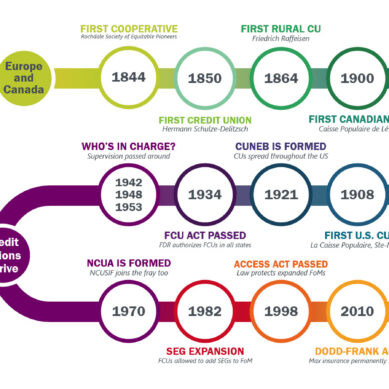In the ever-evolving landscape of technology, businesses are continually seeking ways to enhance efficiency, reduce paper usage, and streamline their processes. One powerful tool contributing to these objectives is the adoption of digital forms.
In this article, we will explore just six of the numerous advantages of digital forms in modern workflows that should help persuade the way you manage your forms workflow.
Environmental
One of the most compelling reasons to embrace digital forms is their positive impact on the environment. Moving away from traditional paper forms reduces the need for extensive printing, cutting down on paper consumption, and minimizing the associated environmental footprint.
Cost savings
Digital forms eliminate the costs associated with printing, storing, and transporting physical paperwork. Moreover, the expenses related to manual data entry are significantly reduced, freeing up resources for more strategic and impactful initiatives. The last thing everyone forgets about is the cost of time to search for forms as references.
Time efficiency
Traditional paper-based forms often entail manual data entry and can lead to delays in processing. Digital forms, on the other hand, enable real-time data capture, automatic validation, and seamless integration with databases, expediting the entire workflow. This not only affects creation and signing but also archiving and searching. This saves time and also enhances overall productivity.
Enhanced accuracy
The risk of errors in manual data entry is a common challenge with paper forms. Digital forms mitigate this risk by providing validation mechanisms, auto-highlighting of parts of the form that are required, and ensuring that the data entered is accurate and consistent. This contributes to improved data quality and reduces the likelihood of costly mistakes.
Accessibility and workflow
Digital forms offer the advantage of accessibility from virtually anywhere with an internet connection. This flexibility is particularly valuable in today’s post-Covid dynamic work environments, allowing employees to work with their clients remotely.
Digital forms being transmitted over different avenues also opens new opportunities to build new workflows. Form workflow can be super helpful when working with multiple signers and triggering events requiring signers to fill out information they may normally miss. Adapting to new workflows can be scary but has a huge upside if done correctly reducing mistakes and missed steps.
Security and compliance
Security is always a concern in data handling and when it comes to digital vs paper, digital wins in both categories. Digital forms can be encryption with passwords and authentication features, ensuring that sensitive information is protected. While with paper, you’re forced to use lock and key.
Additionally, the ability to track changes and maintain audit trails facilitates compliance with regulatory requirements. In the case of an audit, would you rather make photocopies of each document or just print out the digital forms?
Throw out the paper
The transition to digital forms is a transformative hard step toward a more efficient, sustainable, and streamlined workflow. However, it will be beneficial in the long run. Embracing this technology not only contributes to cost savings and time efficiency but also aligns businesses with the demands of a digital era.
































































